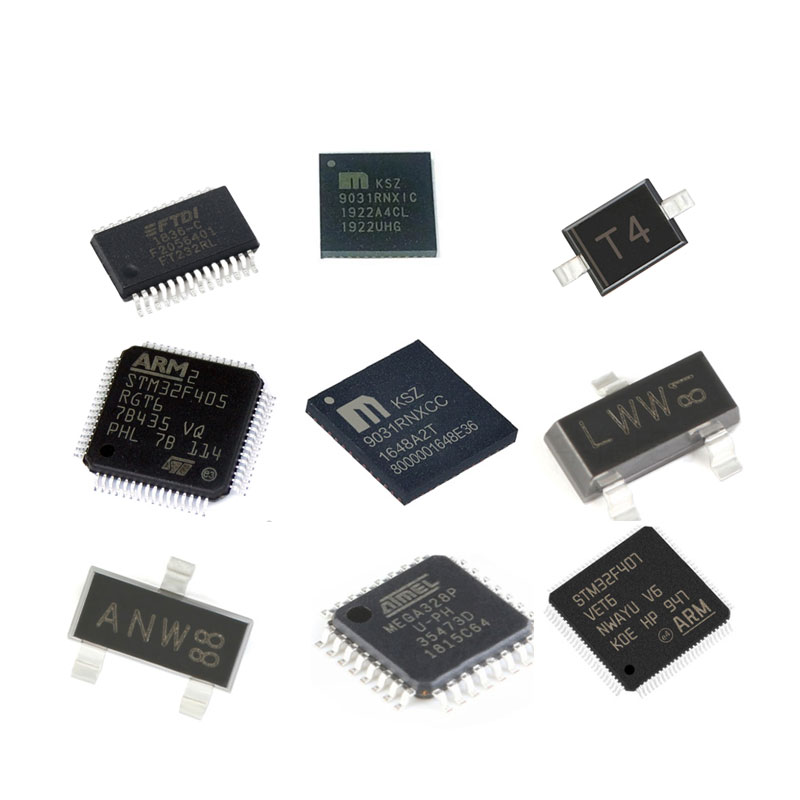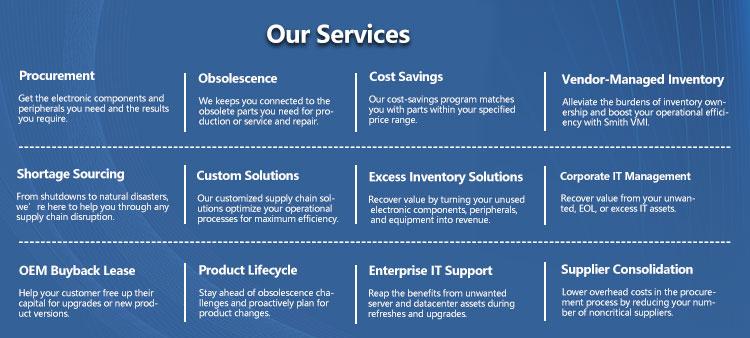
First of all, visual inspection can be carried out to check whether the appearance of the chip is damaged by visual inspection or microscope and other observation instruments, such as whether there are fracture marks on the pins of the chip, or whether there is oxidative damage on the packaged chip. When you get the invalid chip, you must first determine whether the sample sent by the customer is wrong, so as to avoid invalid work. Then it is necessary to classify the received failed chips, generally according to the type and batch of the chips, and number them, so as to further determine which link the chip failed in, such as production, sales or use.
Using a system-level test platform to test the chip can more easily detect whether the chip has failed. The test platform can pass the function test method of each module of the chip and cover all the tests, which is the test method closest to the function of the chip. If the test result of the failed chip on the platform is wrong, then it is necessary to analyze where the chip failed based on the specific test items of the error and the error situation. failures that occur.
The engineering machine can also be used to test whether the chip has failed. This equipment can simulate the customer's use environment and software operation scenarios, temperature and voltage frequency, etc. It can be tested on the engineering machine or the customer's corresponding prototype. It needs to be based on customer feedback. abnormal phenomenon, focus on testing the corresponding functions on the device. If there is customer feedback, then the cause of the chip failure can be found out. However, if the customer's problem is not reproduced, then the customer may have misjudged it, and further communication with the customer is needed to see if there is any difference in the chip environment.


